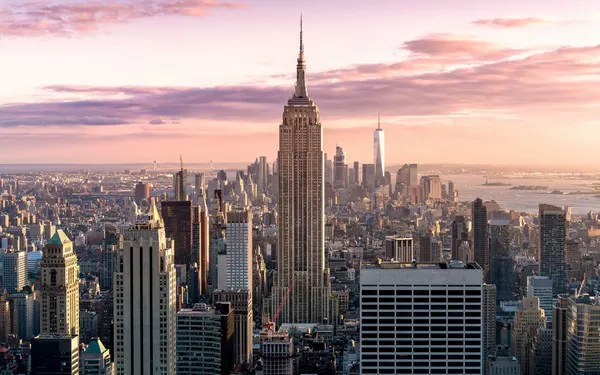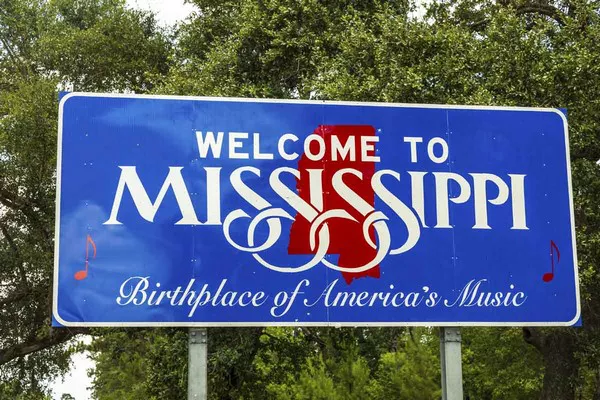The United States is a melting pot of cultures, ethnicities, and backgrounds, making it a beacon of diversity. From bustling metropolises to vibrant cultural hubs, cities across the nation embody a tapestry of traditions and identities. In this article, we delve into the top 10 diverse cities in the United States, celebrating their unique multicultural landscapes, inclusive communities, and the rich tapestry of experiences they offer to residents and visitors alike.
Top 10 Culturally Rich Cities in the United States
1. New York City, NY:
Nestled at the forefront of diversity, New York City stands as a global melting pot, epitomizing the American Dream. Home to an array of ethnic enclaves, cultural districts, and iconic neighborhoods, the city’s five boroughs collectively host a mosaic of languages, cuisines, and traditions. From the historic streets of Harlem to the vibrant neighborhoods of Queens, New York City encapsulates the essence of a multicultural metropolis.
2. Los Angeles, CA:
Los Angeles, renowned as the entertainment capital, is equally celebrated for its cultural vibrancy. Boasting a dynamic demographic landscape, LA is a true reflection of global diversity. Neighborhoods like Koreatown, Little Tokyo, and Boyle Heights contribute to the city’s rich cultural fabric. From the Hollywood glamour to the authenticity of Olvera Street, Los Angeles offers a diverse experience that extends beyond the silver screen.
3. San Francisco, CA:
Beyond its reputation as a global tech hub, San Francisco is celebrated for its cultural inclusivity. The city embraces a diverse population, with neighborhoods like Chinatown, the Mission District, and the Castro offering unique cultural perspectives. The intersection of technology, innovation, and multiculturalism makes San Francisco a city where diversity thrives both in the workplace and on the streets.
4. Houston, TX:
Houston, often hailed as the culinary capital of the South, is also a testament to cultural diversity. With a population representing a myriad of backgrounds, Houston’s neighborhoods like Montrose, The Heights, and Sugar Land showcase a harmonious blend of traditions. The city’s annual events, such as the Houston International Festival, celebrate the cultural richness that defines this Texan metropolis.
5. Chicago, IL:
Chicago, nestled in the heart of the Midwest, is a city known for its architectural marvels and cultural diversity. From the historic Bronzeville neighborhood to the vibrant Pilsen community, Chicago is home to a spectrum of cultures. The city’s commitment to preserving cultural heritage is evident in institutions like the National Museum of Mexican Art and the DuSable Museum of African American History.
6. Miami, FL:
Miami’s allure extends beyond its pristine beaches and vibrant nightlife; it is a city where the world converges. A gateway to Latin America, Miami’s neighborhoods like Little Havana and Wynwood reflect the city’s international flavor. The fusion of Caribbean, European, and South American influences makes Miami a cultural hub where diversity is not just celebrated but embraced.
7. Washington, D.C.:
As the nation’s capital, Washington, D.C., is not only a center of political power but also a showcase of cultural richness. From the historic U Street corridor to the multicultural neighborhoods of Adams Morgan and Shaw, D.C. embodies a diverse and inclusive spirit. Museums, cultural festivals, and diplomatic events contribute to the city’s cosmopolitan atmosphere.
8. Seattle, WA:
Known for its tech giants and breathtaking landscapes, Seattle is also celebrated for its cultural diversity. Neighborhoods like Capitol Hill, International District, and Ballard reflect the city’s commitment to inclusivity. Seattle’s blend of innovation and cultural exchange fosters an environment where diverse perspectives thrive.
9. Atlanta, GA:
Atlanta, the capital of the South, harmoniously combines Southern charm with cultural diversity. Home to a vibrant African American community, Atlanta’s neighborhoods like Midtown, Buckhead, and Little Five Points showcase a spectrum of traditions. The city’s role in the Civil Rights Movement adds a historical dimension to its diverse cultural landscape.
10. Boston, MA:
Boston, with its rich history and academic prowess, is also a city of diverse experiences. From the multicultural neighborhoods of Dorchester and Jamaica Plain to the international student presence in Cambridge, Boston embraces diversity. The city’s blend of historic charm and contemporary inclusivity creates a unique cultural tapestry.
See Also: 10 Most Wealthy Cities In The United States
Embracing Diversity Beyond Statistics:
While statistics and demographics offer insights into a city’s diversity, the true essence lies in the lived experiences of its residents. Beyond the numbers, these cities are defined by the authentic interactions, cultural celebrations, and community initiatives that foster inclusivity.
Cultural Festivals and Events:
Cultural festivals play a pivotal role in bringing communities together. Cities that prioritize and host events celebrating various cultural traditions create an inclusive atmosphere. Festivals like New York City’s West Indian American Day Carnival, Los Angeles’ Dia de los Muertos celebrations, and Houston’s International Festival are vibrant examples of cultural unity.
Community Initiatives and Organizations:
Grassroots community initiatives and organizations contribute significantly to fostering diversity. Cities with active cultural and community organizations, such as Chicago’s Little Village Community Council or Atlanta’s Latin American Association, create spaces for residents to connect, share, and celebrate their heritage.
Culinary Diversity:
The culinary scene is a reflection of a city’s diversity, offering a sensory journey through different cultures. Cities with a wide array of authentic international restaurants, food markets, and fusion cuisines provide residents and visitors with the opportunity to explore global flavors without leaving their city.
Public Art and Murals:
Public art and murals often serve as visual representations of a city’s cultural diversity. Cities that invest in public art projects, like Seattle’s vibrant street art scene or Miami’s Wynwood Walls, create spaces that celebrate cultural expression and contribute to a sense of belonging.
Multilingual Communities:
The presence of multilingual communities adds a linguistic dimension to a city’s diversity. Cities that support and celebrate linguistic diversity, such as Washington, D.C., with its embassies and international institutions, create an environment where residents can communicate in multiple languages and feel connected to their roots.
Challenges and Opportunities:
While these diverse cities showcase the positive aspects of multiculturalism, they also face challenges related to inclusivity, affordability, and social equity. Addressing these challenges requires ongoing efforts from community leaders, policymakers, and residents.
Gentrification and Displacement:
The process of gentrification can sometimes lead to the displacement of long-standing communities. Cities must implement policies that balance urban development with the preservation of cultural neighborhoods, ensuring that the benefits of growth are shared by all.
Access to Education and Opportunities:
Ensuring equal access to education and economic opportunities is crucial for creating a level playing field. Cities with diverse populations should invest in education, job training programs, and initiatives that empower underrepresented communities to thrive.
Social Equity and Inclusivity:
Building a socially equitable and inclusive society requires deliberate efforts. Cities should actively promote inclusivity through policies that address discrimination, provide affordable housing, and create spaces for dialogue and understanding among diverse communities.
Preserving Cultural Heritage:
As cities evolve, there is a need to balance progress with the preservation of cultural heritage. Strategies such as adaptive reuse of historic buildings, support for cultural institutions, and the recognition of cultural districts can contribute to maintaining a city’s unique identity.
Conclusion:
The top 10 diverse cities in the United States exemplify the nation’s commitment to multiculturalism and inclusivity. These cities, each with its distinct cultural tapestry, serve as beacons of diversity where residents and visitors can experience the richness of different traditions, languages, and cuisines.
While these cities celebrate their diversity, it is essential to recognize that the work towards inclusivity is ongoing. Through community engagement, policy initiatives, and a commitment to social equity, these cities can continue to evolve as models of multiculturalism, fostering environments where everyone can contribute, thrive, and celebrate the vibrant mosaic of human experiences.
You Might Be Interested In:
























